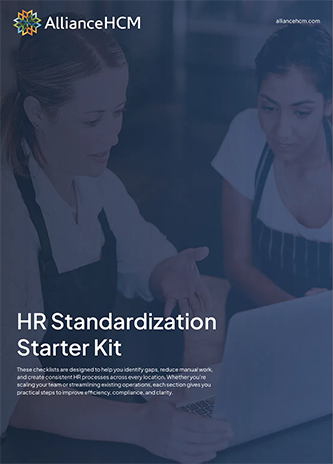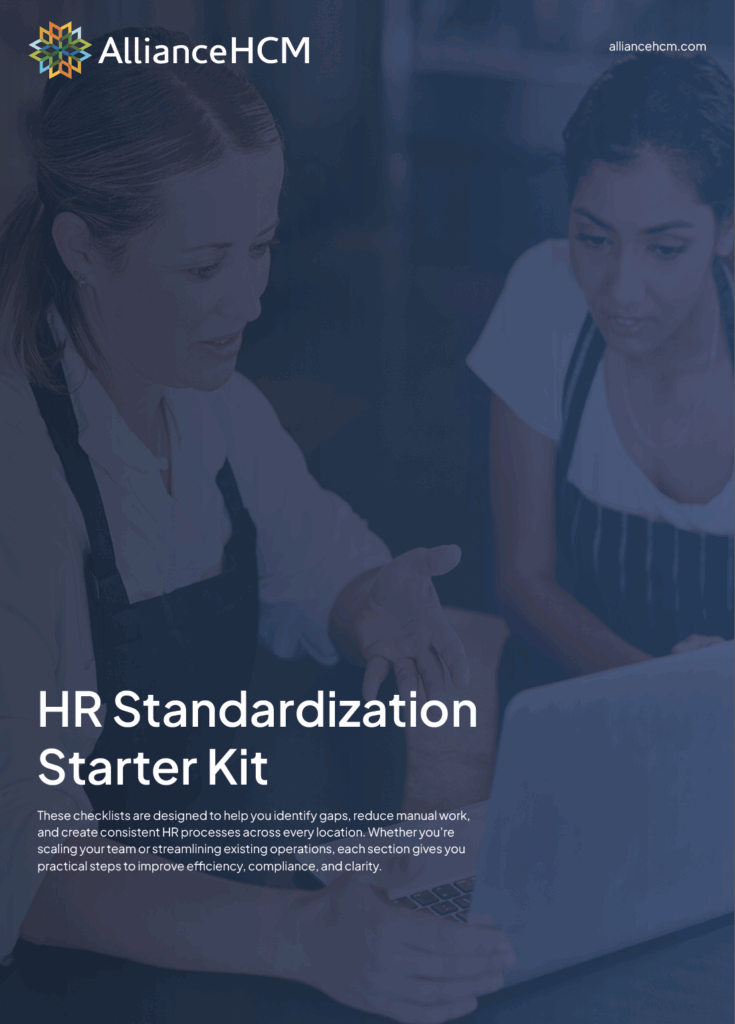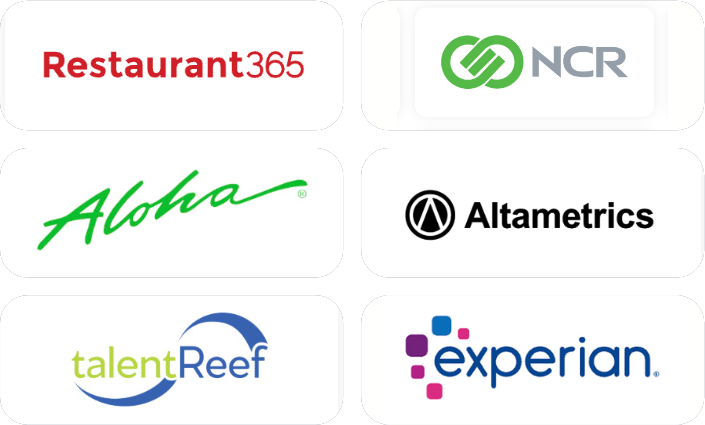With the surge in remote work across various industries, it’s imperative for organizations to adapt traditional HR procedures to the virtual realm. One such critical procedure is the performance review. These reviews are indispensable for employee growth, offering valuable feedback and driving organizational advancement. Implementing elements like an employee performance improvement plan (PIP) is key to addressing performance issues and promoting development. However, to conduct these reviews effectively online, meticulous planning and targeted strategies are essential. Let’s delve into how you can make your virtual performance reviews as impactful as their in-person counterparts.
Key Takeaways
- Effective virtual performance reviews require thorough preparation and the right tools to foster a productive and engaging environment.
- Leveraging technology bridges communication gaps and ensures seamless interaction.
- Adapting traditional review methods to virtual formats maintains consistency and fairness.
- Regular data gathering and analysis streamline the review process and improve accuracy.
- A well-structured agenda keeps reviews focused and efficient.
- Encouraging active participation and providing constructive feedback enhances engagement.
- Follow-up strategies are crucial for tracking progress and supporting continuous development.
- Incorporating peer reviews and 360-degree feedback offers a holistic view of performance.
- Anticipating and overcoming virtual review challenges leads to better outcomes.
Expert Insights on Conducting Virtual Performance
In the hybrid work landscape, performance reviews come with unique challenges. Experts emphasize flexibility and a customized approach to meet the diverse working styles and schedules of both remote and in-office team members. Empathy is crucial, as many employees balance multiple responsibilities and varied working environments.
John Baldoni, an executive coach, speaker, and author of 15 books on leadership, stresses the importance of understanding the distinct context of remote employees. He says, “Managers must recognize that remote work environments differ significantly from traditional office settings. Personalized feedback that acknowledges these differences is essential for meaningful performance reviews.” This approach is vital as the hybrid workforce continues to expand, with remote employees playing a significant role in the economy.
Moreover, Teuta Reci, a remote work expert at Adeva, stresses the importance of fostering empathy to enhance communication and collaboration in remote teams. She suggests that understanding the personal challenges of remote employees helps them feel more valued and connected. While tools like Slack and video conferencing are vital, genuine empathy and active listening are what truly strengthen team dynamics.
Preparing for Your Virtual Performance Review
- Preparation is the cornerstone of an effective performance review. Ensure you have all essential documents on hand, such as past review notes, project outcomes, and colleagues’ feedback. This comprehensive preparation allows you to gain a full picture of the employee’s performance critically and constructively.
- Share these documents with your employee ahead of time. By doing so, you enable them to reflect on their achievements and areas for growth, encouraging a transparent and productive dialogue during the review.
- Understand each employee’s goals, strengths, and weaknesses. Invest time in reviewing their past performances and contributions to tailor your feedback, making it more meaningful.
- Encourage employees to prepare a self-evaluation. This form of preparation holds immense value. It empowers employees to highlight their accomplishments and consider areas for improvement. Through this mutual readiness, your performance review will transform into a powerful tool for development rather than just a formality.
For further guidance on enhancing your virtual performance review process, explore our Performance Management Solutions at AllianceHCM.
Choosing the Right Technology for Seamless Reviews
Selecting the right technology is essential for conducting seamless virtual performance reviews. The tools you choose can significantly impact the efficiency and effectiveness of the review process.
- Video Conferencing Software: Opt for reliable tools like Zoom, Microsoft Teams, or Google Meet. These platforms enable personal and engaging feedback sessions and allow for recording conversations.
- Performance Management Systems: Utilize comprehensive solutions like AllianceHCM’s Performance Management for tracking goals, achievements, and feedback.
- Collaboration Tools: Leverage tools such as Slack or Trello to maintain clear and consistent communication, share documents, and set tasks.
- Cloud-Based Documentation: Store documents in solutions like Google Drive or Dropbox for easy access and real-time updates.
- Feedback and Survey Tools: Use built-in survey tools in AllianceHCM’s platform to gather pre-review feedback from employees, making the review more meaningful.
By integrating these technologies, you can create a conducive environment for conducting virtual performance reviews that are as effective and engaging as in-person reviews. Remember, the goal is to ensure a seamless experience that promotes open communication and constructive feedback.
Gathering and Analyzing Performance Data
Gathering and analyzing performance data is crucial for effective virtual reviews. Start by compiling quantitative data from tools like project management systems, time-tracking systems, and performance management software like AllianceHCM.
Complement this data with qualitative feedback from colleagues and clients. Include both positive comments and areas for improvement to provide a balanced view.
Organize the information into categories such as skills, accomplishments, and areas needing improvement. Use performance management systems to streamline this process, ensuring data is accessible and understandable.
Analyze the data to identify patterns, strengths, and weaknesses. Use visual aids like charts to make the data more digestible and support your insights with specific examples during the review.
Trends:
- Real-time feedback tools are trending, offering continuous feedback instead of annual reviews. This helps address issues promptly and fosters continuous improvement.
- Artificial intelligence and machine learning are being integrated into performance management, providing analytics that identify performance patterns and offer personalized development recommendations for more objective evaluations.
- Frequent, shorter ‘pulse reviews’ are replacing traditional lengthy sessions, maintaining ongoing communication and making the review process less daunting.
- Collaborative goal-setting tools are on the rise, allowing managers and employees to set, track, and adjust goals together in real-time, ensuring alignment with organizational objectives.
Crafting a Comprehensive Review Agenda
Creating a thorough review agenda is critical for a productive virtual performance review, particularly when it’s part of an Employee Performance Improvement Plan (PIP). A well-organized agenda ensures that both you and the employee stay focused, making the review transparent and effective.
- Outline Objectives: Clearly state that the review’s purpose is to offer constructive feedback and discuss performance relative to the initial goals. This sets a positive, forward-thinking tone.
- Celebrate Accomplishments: Dedicate a segment to acknowledging achievements and milestones since the last review. Be specific and provide examples to genuinely recognize the employee’s contributions.
- Address Areas for Improvement: Provide candid but constructive feedback on specific performance issues and offer actionable suggestions for improvement. These areas should align with the objectives in the Employee Performance Improvement Plan.
- Employee Self-Assessment: Allocate time for the employee to share their self-assessment and feedback. This empowers them and offers additional insights into challenges faced, support needed, and professional aspirations.
- Set New Goals: Define clear, attainable objectives with steps and deadlines. This keeps employees focused and motivated.
- Follow-Up Plan: Summarize key points, agree on next steps, and schedule future check-ins to monitor progress. This ongoing feedback loop is crucial for the success of a Performance Improvement Plan.
By crafting and sticking to a comprehensive review agenda, you streamline the performance review process and reinforce a committed partnership aimed at mutual growth and success.
Engaging Employees During Virtual Reviews
To truly engage your employees during virtual performance reviews, it’s crucial to create an environment where they feel heard, valued, and motivated.
- Kick Off on a Positive Note: Recognize their achievements and contributions right from the start to set a positive tone and elevate morale.
- Practice Active Listening: Maintain eye contact, nod, and offer verbal affirmations to show you’re paying attention. Encourage them to share their thoughts and concerns to foster a collaborative discussion.
- Foster Interactive Conversations: Pose reflective questions like, “What went well in the last quarter?” or “Do you need more support in any areas?” to steer the conversation towards mutual understanding and actionable takeaways.
- Leverage Technology: Make use of screen sharing to go over projects or performance metrics together. Utilize interactive features such as polls or surveys for immediate feedback and engagement.
- Personalize the Review: Customize your feedback to align with the individual’s role and career aspirations. Acknowledge their unique contributions and discuss how they align with both their long-term goals and the company’s objectives.
By creating a respectful, interactive, and tailored review process, virtual performance reviews become more effective and empowering for employees.
Follow-Up Strategies After a Virtual Performance Review
- Develop an Action Plan: Outline specific steps for improvement with clear objectives, deadlines, and available resources.
- Schedule Regular Check-ins: Monitor progress, provide feedback, and adjust the action plan as needed.
- Provide Ongoing Feedback: Continuously offer constructive feedback to maintain momentum and address challenges.
- Encourage Open Communication: Foster an environment where employees feel comfortable sharing thoughts and seeking help.
- Offer Additional Training and Resources: Provide access to tools like online courses, mentorship, or reading materials for continuous improvement.
- Celebrate Wins: Acknowledge milestones and achievements to motivate continued effort.
- Reevaluate and Adjust Goals: Periodically reassess and adjust goals to ensure they remain relevant and attainable.
- Consider 360-Degree Feedback: To minimize potential biases, gather feedback from colleagues who interact with the employee regularly. Both the employee and the manager can recommend these individuals.
Implementing these strategies transforms performance reviews into a continuous developmental process, leading to a more engaged and high-performing team.
Overcoming Common Challenges in Virtual Performance Reviews
Conducting performance reviews in a virtual environment presents unique challenges, but with the right strategies, you can navigate them effectively. Below, we explore some common obstacles and offer actionable solutions.
By addressing these challenges, you can enhance the effectiveness of your virtual performance reviews, ensuring they are as impactful as in-person ones.
Conclusion
Conducting effective performance reviews in a virtual environment entails meticulous preparation, utilization of appropriate technological tools, and a holistic approach to gathering and dispensing feedback. By tweaking traditional methods to suit the virtual landscape and proactively addressing its unique hurdles, you can ensure productive, engaging, and supportive reviews. The end goal is to empower your employees to grow and thrive, so remember to provide actionable follow-up steps and ongoing support. Applying these strategies will nurture a positive, outcomes-focused culture, even when working remotely. Mastering virtual performance reviews is pivotal to succeeding in this evolving work environment.






